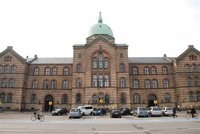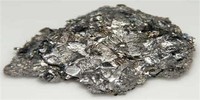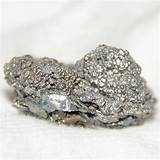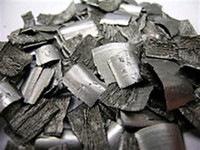Facts about Hafnium

Hafnium (Latin Hafnia for "Copenhagen," the hometown of Niels Bohr) was discovered by Dirk Coster and Georg von Hevesy in 1923 in Copenhagen, Denmark.

Hafnium (chemical symbol Hf, atomic number 72) is a lustrous, silvery gray metal.

The Faculty of Science of the University of Copenhagen uses a stylized image of hafnium in its seal.

Hafnium is a transition metal that lies in period six of the periodic table, between lutetium and tantalum.

Hafnium carbide is the most refractory binary compound known, and hafnium nitride is the most refractory of all known metal nitrides, with a melting point of 3310 °C.

Hafnium is used to make control rods for nuclear reactors because of its ability to absorb neutrons (its thermal neutron absorption cross-section is nearly 600 times that of zirconium), excellent mechanical properties, and exceptional corrosion-resistance.

About half of all hafnium metal manufactured is produced by a byproduct of zirconium refinement.

The only notable difference between them is their density—zirconium is about half as dense as hafnium.

Hafnium is found combined in natural zirconium compounds but it does not exist as a free element in nature.

At higher temperatures hafnium reacts with oxygen, nitrogen, carbon, boron, sulfur, and silicon.

Hafnium carbide is the most refractory binary compound known, and hafnium nitride is the most refractory of all known metal nitrides, with a melting point of 3310 °C.

Care needs to be taken when machining hafnium because when it is divided into fine particles, it is pyrophoric and can ignite spontaneously in air.

The properties of hafnium are markedly affected by zirconium impurities and these two elements are amongst the most difficult to separate.